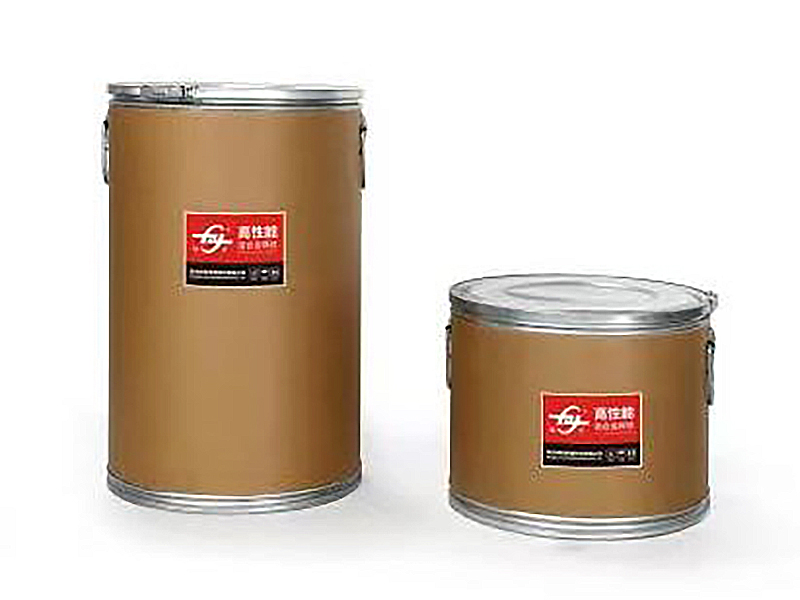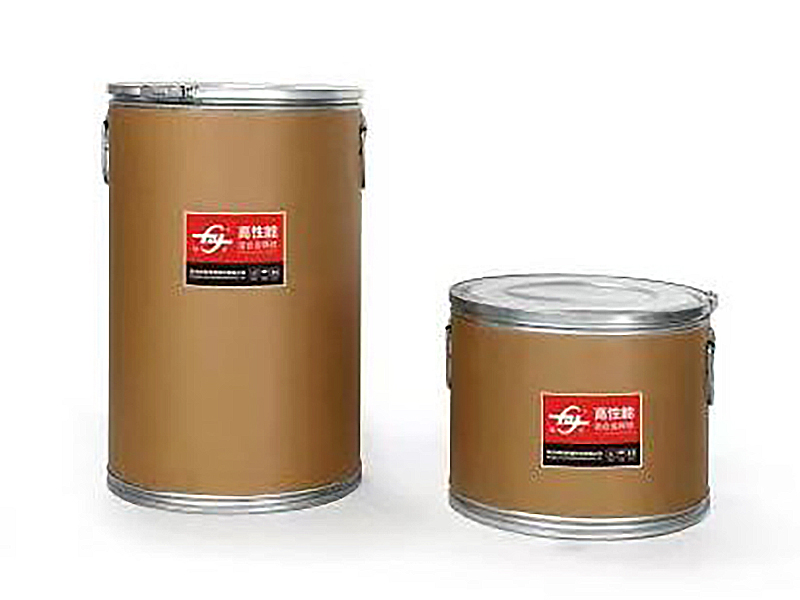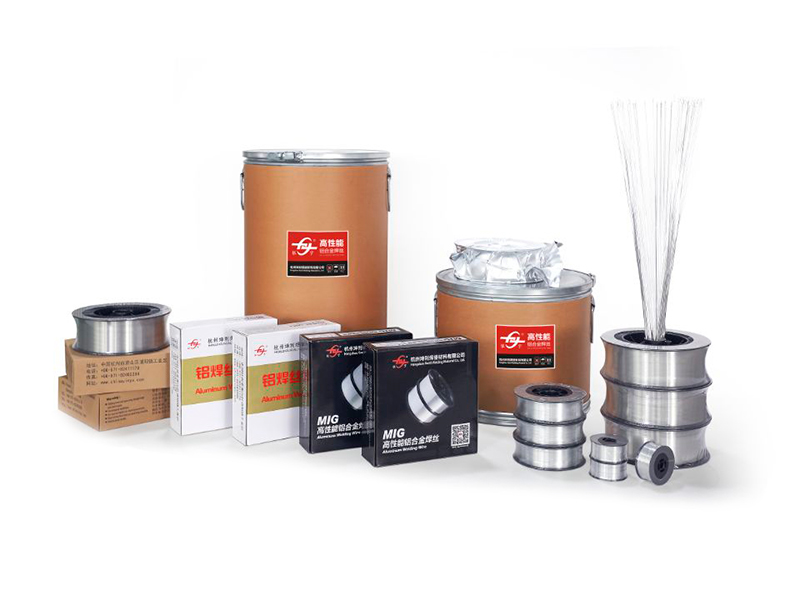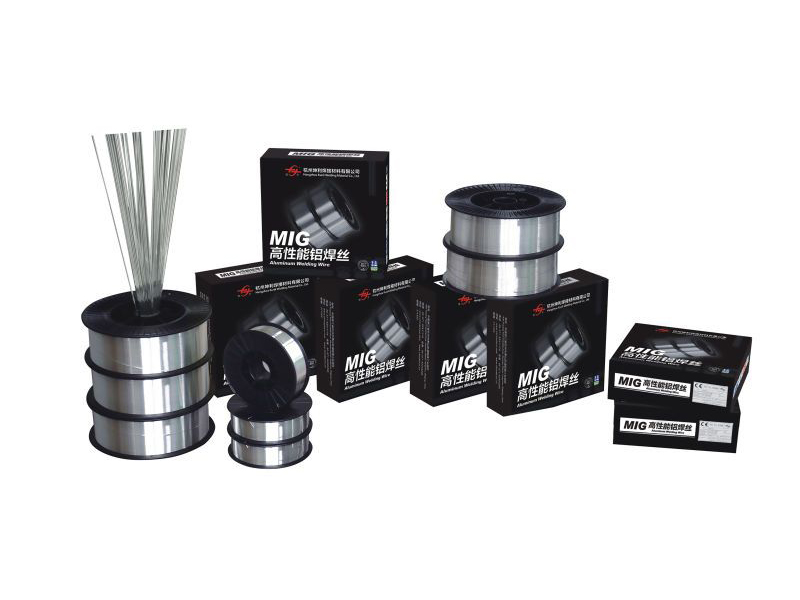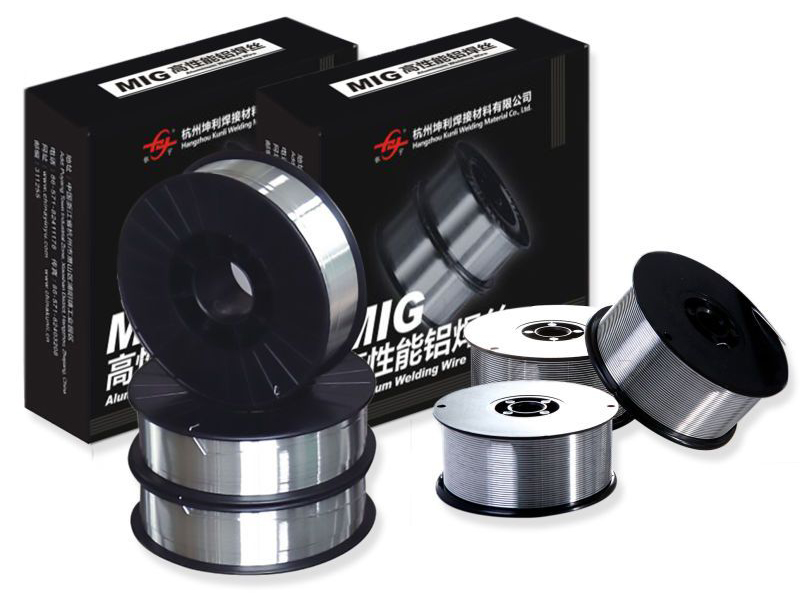Aluminum Welding Wire
Aluminum Welding Wire ER5183
ER5183 is about 4.5% Magnesium Aluminum filler metal which has high strength, great seawater corrosion resistance, better bending property and high fracture toughness, recommended for welding the construction of parts of 5000 series, 6000 series,7000 series, such as 5083, 6061,6063, 5086, 7005, 7020 etc.; mainly apply to the construction of ship, off-shore facilities, cryogenic workshop, pressure vessel, rail transportation and automotive industries.
Aluminum Welding Wire ER5183 - Precision Alloy for Aluminum Joining
Product Features
- Alloy Composition: Contains precise aluminum-magnesium formulation optimized for MIG and TIG welding processes.
- Welding Performance: Provides controlled arc stability and reduced spatter during aluminum welding operations.
- Corrosion Resistance: Exhibits enhanced resistance to oxidation and environmental corrosion in marine and industrial applications.
Product Description
The Aluminum Welding Wire ER5183 is engineered for joining aluminum alloys with a focus on structural integrity and mechanical stability. It facilitates reliable fusion in MIG and TIG welding systems, addressing challenges such as porosity and inconsistent penetration in aluminum sheet and plate welding.
Manufactured in accordance with AWS A5.10/A5.10M standards, ER5183 welding wire is subjected to rigorous quality control and metallurgical testing to ensure uniform chemical composition, mechanical properties, and dimensional accuracy. Its consistent performance supports industrial applications requiring stringent technical compliance.
Technical Specifications
| Parameter | Value | Unit |
| Diameter | 1.2 / 1.6 | mm |
| Alloy Type | ER5183 | - |
| Material Form | Wire Spool | - |
| Melting Point | 580 | °C |
| Tensile Strength | 230-260 | MPa |
| Elongation | 10-12 | % |
Application Areas
This product is suitable for the following industrial scenarios:
- Marine and shipbuilding aluminum structures
- Automotive and transport vehicle body panels
- Aerospace structural components requiring corrosion-resistant welds
- General fabrication of aluminum storage tanks and piping
FAQ
1. What aluminum alloys can ER5183 welding wire be used with?
ER5183 wire is compatible with 5xxx series aluminum alloys, particularly those with magnesium content, including 5083, 5356, and 5754. It is optimized for structural welding where corrosion resistance is critical.
2. What welding processes are recommended for ER5183 wire?
This wire is suitable for Gas Metal Arc Welding (GMAW/MIG) and Gas Tungsten Arc Welding (GTAW/TIG). Proper shielding gas, typically pure argon or argon-helium mixtures, ensures stable arc and minimal porosity.
3. How does ER5183 compare in corrosion resistance and mechanical properties?
ER5183 demonstrates higher corrosion resistance than ER5356 in marine environments while maintaining tensile strength and elongation suitable for structural applications. It provides a balance between weldability and long-term durability in harsh conditions.
Aluminum Welding Wire ER5183
Coming From China,
Marketing To The World.
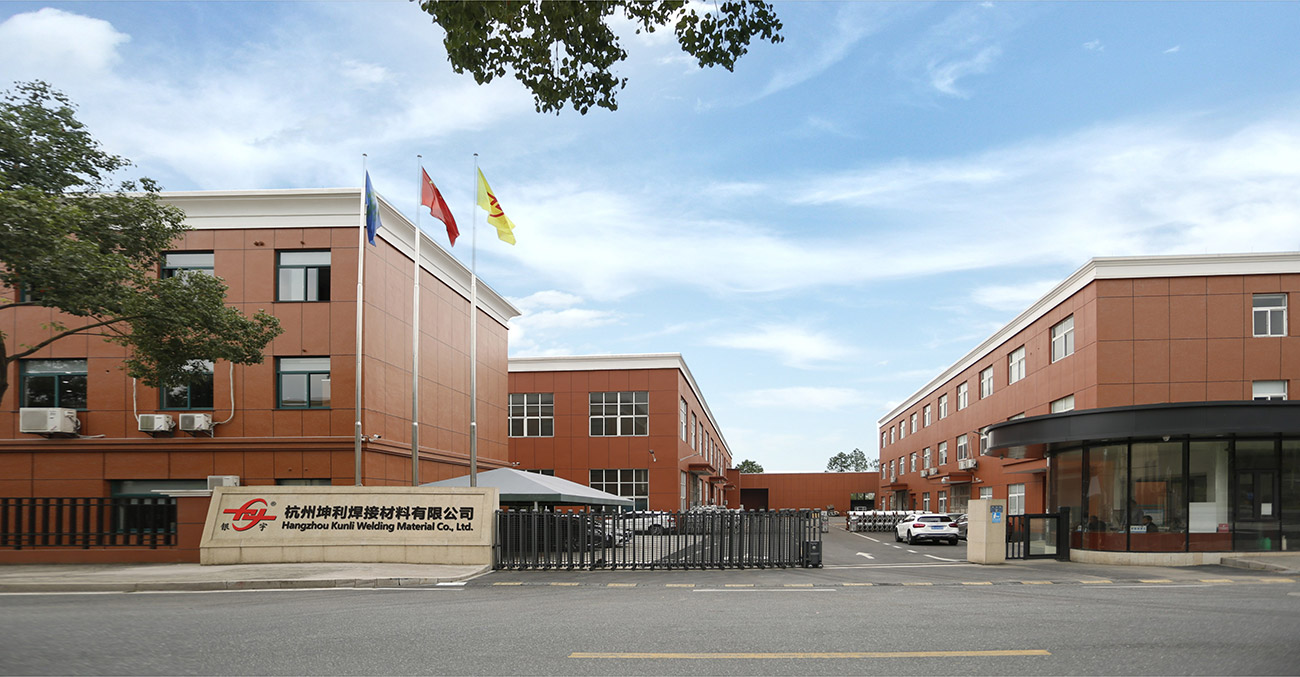
-

30+
USED IN HEAVY INDUSTRY TECHNOLOGY SECTOR
-

35
YEARS OF RESEARCH AND DEVELOPMENT EXPERIENCE
-

200+
COOPERATIVE LARGE-SCALE R & D INSTITUTIONS
-

20+
GLOBAL TRADE COUNTRIES AND REGIONS
Coming From China,
Marketing To The World.
More than 90% of our field operators have professional and technical education background, and have many years of experience in equipment processing and assembly. It is precisely because of this united, dedicated, pioneering, skilled and experienced team that the company's technology and products can be continuously updated and improved.
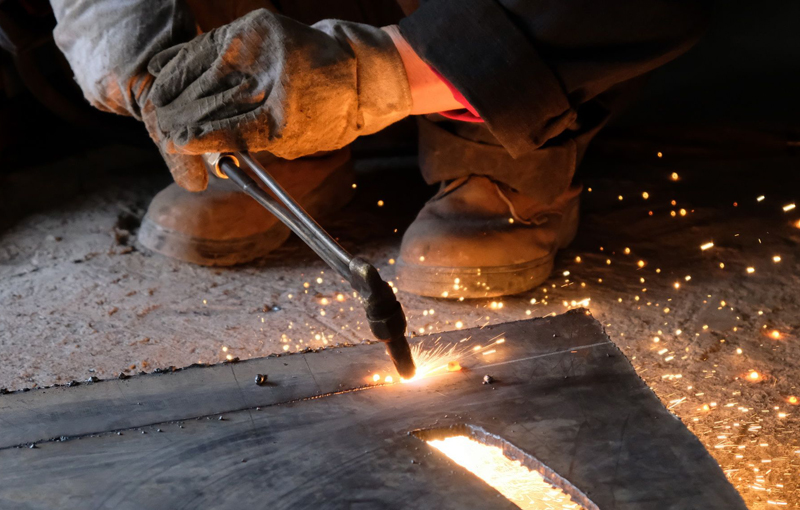
Send Us a Message?
Related Products
-
 View More
View More
5154 Aluminum Alloy Welding Wire
-
 View More
View More
ER4043 Silicon Aluminum Welding Wire
-
 View More
View More
ER4047 Aluminum Mig Welding Wire
-
 View More
View More
ER5154 Al-Mg Alloy Wire
-
 View More
View More
ER5087 Magnesium Aluminum Welding Wire
-
 View More
View More
Aluminum Welding Wire ER5183
-
 View More
View More
ER5356 Aluminum Welding Wire
-
 View More
View More
ER5554 Aluminum Welding Wire
-
 View More
View More
ER5556 Aluminum Welding Wire
-
 View More
View More
ER1100 Aluminum Welding Wire
-
 View More
View More
ER5754 Aluminum Welding Wire
-
 View More
View More
ER2319 Aluminum Welding Wire
::: Last News :::
-
How Suppliers Ensure Aluminum Wire Compatibility
Dec 01, 2025
Aluminum alloy welding is a complex process requiring precise operation at every stage. Selecting the appropriate weldin...
-
Optimizing ER5154 Wire Welding for High-Speed
Nov 28, 2025
The use of materials such as ER5154 Al-Mg Alloy Wire is important for industries that require robust, corrosion-resistan...
-
Key Surface Metrics for 5356 Wire Feeding
Nov 26, 2025
For B2B procurement professionals serving high-volume welding operations—spanning automotive chassis to critical marine ...
-
Using Aluminum Alloy Welding Wire in Fabrication
Nov 24, 2025
Aluminum Alloy Welding Wire , as a specialized filler material, connects aluminum components in various manufacturing pr...
Industry Information Extension
More Information About Aluminum Welding Wire ER5183 Suppliers
How Aluminum Mig Wire Manufacturers optimize the MIG process parameters of ER5183?
1. Matching of welding current and voltage
Current (wire feeding speed):
ER5183 is an aluminum-magnesium alloy welding wire. Pulse MIG (AC) or conventional DC reverse connection (DCEP) is recommended. The current range is usually 120~300A (adjusted according to the plate thickness).
Thin plate (1~3mm): low current (120~180A) to avoid burn-through.
Medium and thick plate (4~12mm): medium and high current (200~300A) to ensure penetration.
Voltage: needs to be adjusted in coordination with current to avoid spatter or unfusion:
Typical range 18~24V. Too high voltage can easily lead to wide and shallow welds, while too low voltage will lead to insufficient penetration.
Optimization method: Adjust to uniform weld formation and no undercut through trial welding + macroscopic metallographic detection.
2. Shielding gas selection and flow
Gas type:
Pure argon (Ar): suitable for thin plates, stable arc, less spatter.
Argon-helium mixture (Ar+30~50% He): used for medium and thick plates to increase heat input and penetration.
Gas flow:
15~25 L/min, too low flow can easily lead to pores, too high flow may disrupt the arc.
Note: Ensure that the gas purity is ≥99.99% to avoid moisture and impurities (such as N₂, O₂) causing pores.
3. Wire feeding speed and welding gun angle
Wire feeding speed:
positively correlated with current, usually 5~12 m/min, needs to match the dynamic response of the welding machine.
Welding gun angle:
Push welding method (10°~15° inclination): recommended for aluminum welding to reduce the risk of pores.
Keep a short arc length (1~3mm) to avoid magnesium burnout.
4. Preparation and post-processing before welding
Cleaning: Use a stainless steel brush or acetone to remove the oxide film (Al₂O₃) on the surface of the base material and welding wire.
Preheating: Thick plates (>6mm) can be preheated to 80~120℃ to reduce thermal stress.
Interlayer temperature control: ≤150℃ to avoid intergranular corrosion.
5. Process verification method
Macroscopic inspection: Observe whether the weld section is fully melted and defect-free.
Mechanical test: Tensile/bending test to verify joint strength (ER5183 weld strength is usually ≥275MPa).
X-ray flaw detection: Detect internal pores or cracks. These optimization and verification practices are widely adopted by aluminum welding wire manufacturers to ensure stable performance and reliable weld quality.
 English
English Deutsch
Deutsch
 English
English Deutsch
Deutsch
